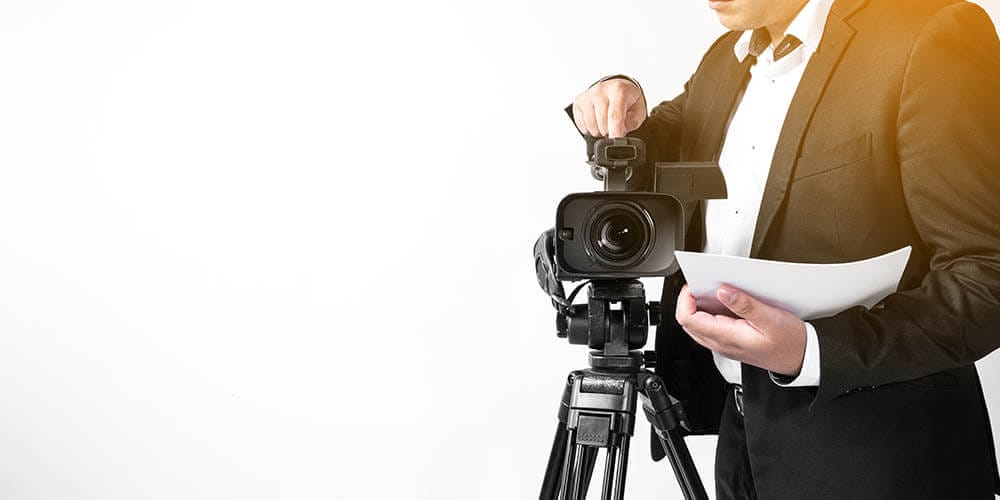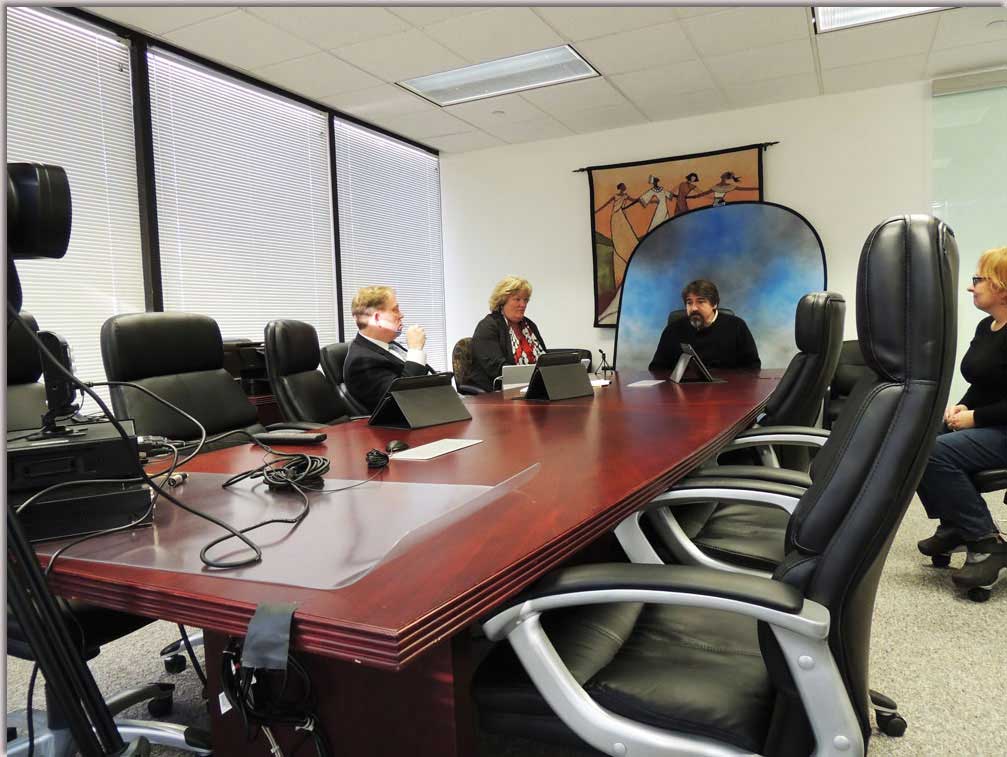How to Choose the Best Legal Videography Service for Your Demands
How to Choose the Best Legal Videography Service for Your Demands
Blog Article
Exploring the Mechanisms of Legal Videography: Unveiling Its Operation in Safeguarding Genuine Visual Statement for Judicial Procedures
In the world of judicial process, the function of lawful videography stands as a keystone in protecting and presenting aesthetic evidence. As modern technology continues to advancement, the devices behind lawful videography have actually become significantly intricate, offering an essential layer of credibility to statements captured on video clip.
Historical Development of Legal Videography
Examining the historic progression of legal videography discloses a considerable improvement in the capturing and discussion of visual proof within the legal landscape. In the past, legal process greatly relied upon created photos and transcripts to document events and offer proof. Nonetheless, with the advent of video innovation, the legal market saw a standard change in just how visual testimony was captured and provided.
The advancement of legal videography can be traced back to the late 20th century when innovations in video recording devices made it more accessible for use in courts. This technological advancement not only improved the precision and integrity of aesthetic evidence however likewise transformed the means situations were offered to courts and courts (Legal Videography). Attorneys began to recognize the persuasive power of video clip recordings in sharing emotions, subtleties, and non-verbal hints that created transcripts or photographs alone could not capture properly

Innovation Advancements in Video Paperwork
What crucial technological improvements have reinvented video documents in the legal area? The legal area has seen significant advancements in video clip documents innovation that have actually improved the authenticity and dependability of visual evidence in judicial proceedings.
In addition, improvements in video clip security and watermarking innovations have bolstered the safety and tamper-proof nature of video proof, protecting it versus unapproved alterations or meddling. Moreover, the development of cloud storage options and remote accessibility capacities has streamlined the storage space, access, and sharing of video clip proof, helping with smooth cooperation amongst attorneys and ensuring effective accessibility to critical aesthetic testimonies when needed. These technical improvements in video documentation have actually undoubtedly revolutionized the legal field, enhancing the precision, credibility, and admissibility of visual proof in judicial proceedings.
Duty of Legal Videographers in Court Settings
The advancement of video clip documentation innovation in the lawful field has actually necessitated an important role for legal videographers in court settings, guaranteeing the integrity and reliability of aesthetic statements presented during judicial procedures. Lawful videographers play a basic role in recording and preserving accurate visual evidence that can be pivotal in litigation. Their obligation encompasses setting up devices, recording process, and producing high-grade videos that published here accurately mirror the events in the court.
Furthermore, lawful videographers frequently work closely with lawful groups to ensure that the video clip evidence straightens with the case's requirements and can be effectively presented in court to sustain the legal debates being made. Generally, the duty of lawful videographers in court settings is essential in upholding the concepts of justice and ensuring the transparency of legal process. Legal Videography.

Ensuring Admissibility and Integrity of Video Clip Evidence
To keep the trustworthiness of visual proof offered in lawful process, guaranteeing the admissibility and stability of video proof is a vital duty for legal videographers. Admissibility refers to the acceptance of proof by the court, and for video clip proof to be admissible, it should fulfill particular criteria. Legal videographers play a vital duty in ensuring that the video clips they record comply with the guidelines of proof, anonymous such as relevance, reliability, and authenticity.
Stability of video evidence includes preserving the originality and accuracy of the footage from the time it is tape-recorded up until it exists in court. This includes securely keeping the video files, documenting the chain of wardship, and stopping any tampering or changes. Lawful videographers should follow rigorous methods to guarantee the honesty of the video clip proof and avoid any type of obstacles to its credibility.
Future Trends in Legal Videography
Provided the raising reliance on modern technology in lawful procedures, legal videographers are positioned to accept ingenious developments forming the future of aesthetic statement capture and presentation. Among the popular trends coming up is the combination of virtual fact (VR) and augmented fact (AR) innovations into lawful videography. These innovations have the potential to reinvent how aesthetic evidence is offered in courts, allowing courts and courts to immerse themselves in the scene of the crime or occurrence.
Additionally, making use of synthetic knowledge (AI) algorithms for video clip analysis is expected to simplify the process of assessing and evaluating huge amounts of video footage. AI can assist in recognizing essential minutes, anomalies, and patterns within videos, boosting the efficiency of lawful examinations.

Final Thought
Finally, lawful videography has played a critical function in giving authentic aesthetic evidence for judicial procedures. Via technological innovations and the competence of lawful videographers, the honesty and admissibility of video proof are ensured in court setups. As legal videography proceeds to advance, it will be necessary to copyright requirements that keep the accuracy and reliability of aesthetic testament for the future of legal procedures.
Checking out the historical progression of lawful videography discloses a significant improvement in the recording and presentation of aesthetic proof within the best site lawful landscape.The evolution of video clip documents technology in the legal area has actually necessitated a critical role for legal videographers in court room settings, making sure the integrity and reliability of visual testaments presented during judicial proceedings. Furthermore, legal videographers commonly function carefully with legal teams to make certain that the video clip evidence straightens with the case's requirements and can be effectively presented in court to support the legal arguments being made.To maintain the trustworthiness of visual evidence presented in legal proceedings, ensuring the admissibility and integrity of video proof is a critical duty for lawful videographers. As lawful videography continues to develop, it will be vital to support standards that maintain the precision and integrity of visual testimony for the future of legal process.
Report this page